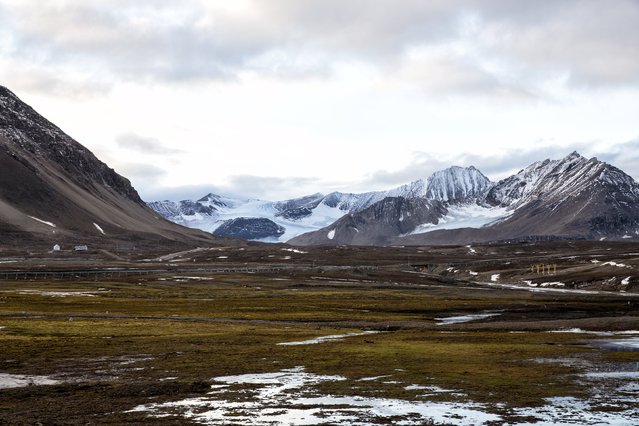
Snow covers Broggerdalen mountain near Ny-Alesund, Svalbard, Norway October 11, 2015. A Norwegian chain of islands just 1,200 km (750 miles) from the North Pole is trying to promote new technologies, tourism and scientific research in a shift from high-polluting coal mining that has been a backbone of the remote economy for decades. Norway suspended most coal mining on the Svalbard archipelago last year because of the high costs, and is looking for alternative jobs for about 2,200 inhabitants on islands where polar bears roam. Part of the answer may be to boost science: in Ny-Alesund, the world's most northerly permanent non-military settlement, scientists from 11 nations including Norway, Germany, France, Britain, India and South Korea study issues such as climate change. The presence of Norway, a NATO member, also gives the alliance a strategic foothold in the far north, of increasing importance after neighbouring Russia annexed Ukraine's Crimea region in 2014. (Photo by Anna Filipova/Reuters)
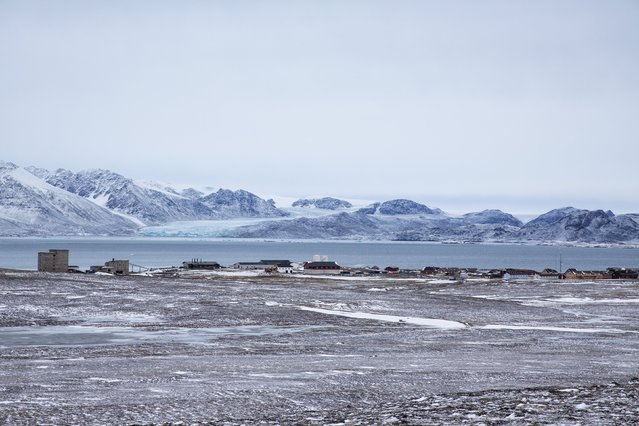
An overview of the residential and research settlement areas for scientists at the Kings Bay in Ny-Alesund, Svalbard, Norway, October 15, 2015. (Photo by Anna Filipova/Reuters)
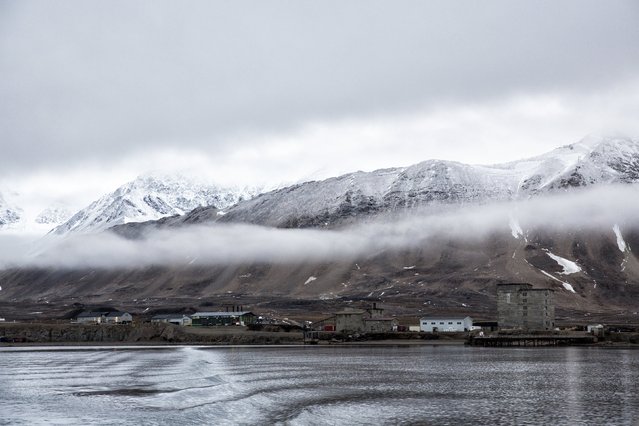
Low clouds are seen in the Kings Bay of Ny-Alesund, Svalbard, Norway, October 12, 2015. (Photo by Anna Filipova/Reuters)
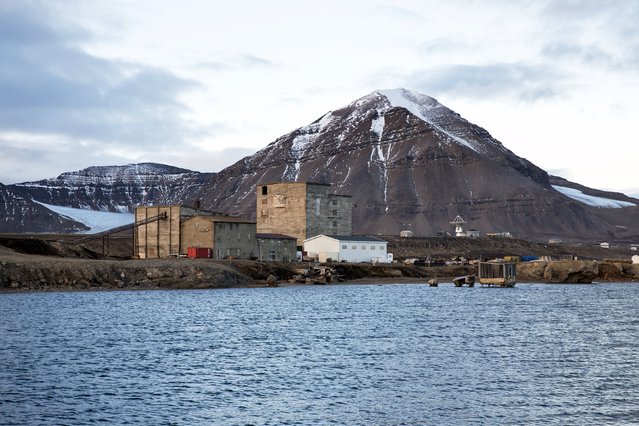
Warehouses and the old part of the Ny-Alesund, Norway settlement from the coal mining period which closed in 1963, are seen October 11, 2015. (Photo by Anna Filipova/Reuters)
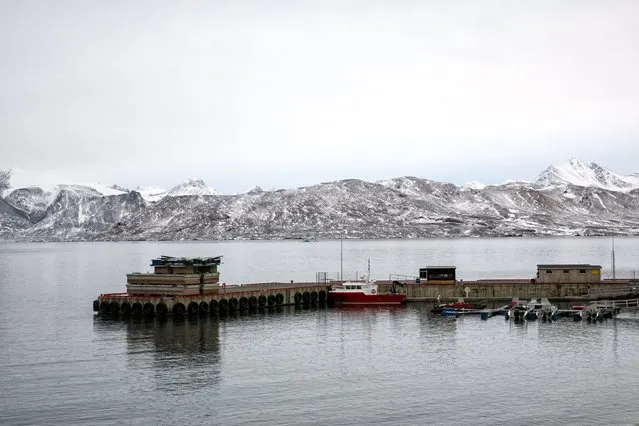
Dinghies and research vessels are pictured in the small harbour near Ny-Alesund on Spitsbergen, Norway October 15, 2015. (Photo by Anna Filipova/Reuters)

Radar dish and antennas systems are seen at the European Incoherent Scatter Scientific Association facility on Breinosa, Svalbard, in Norway, October 24, 2015. (Photo by Anna Filipova/Reuters)
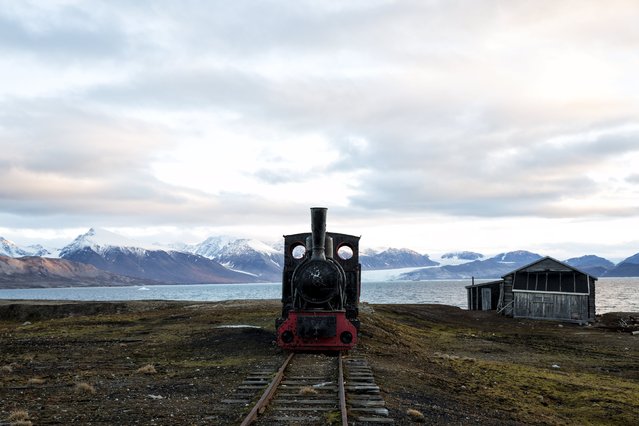
An old locomotive train that was used for transporting coal is preserved as a monument at Ny-Alesund, in Svalbard, Norway, October 11, 2015. (Photo by Anna Filipova/Reuters)
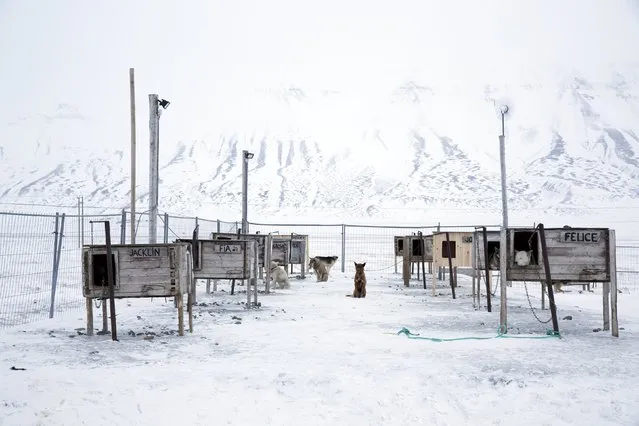
Dogs, some that are family pets and others that are used for dog sledges, are seen waiting in their yard outside the settlement in Longyerbyean, Svalbard, Norway, October 22, 2015. (Photo by Anna Filipova/Reuters)
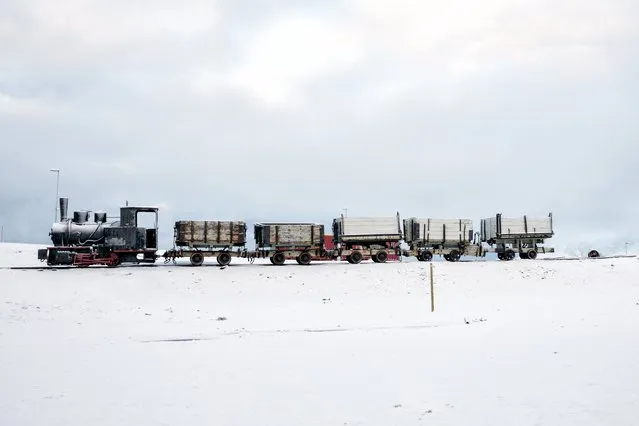
An old locomotive train that was used for transporting coal is preserved as a monument at Ny-Alesund, in Svalbard, Norway, October 13, 2015. (Photo by Anna Filipova/Reuters)
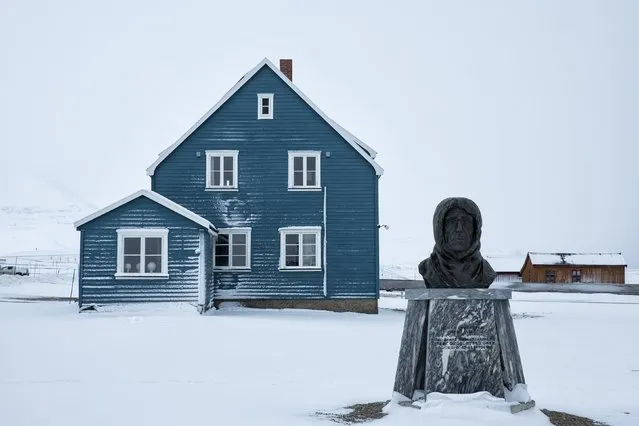
A scupted bust of Norwegian explorer Roald Amundsen is seen at the scientific base of Ny Alesund, in Norway, October 18, 2015. (Photo by Anna Filipova/Reuters)
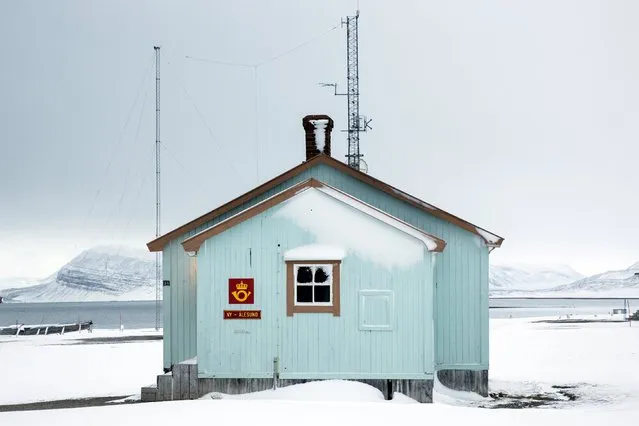
The northernmost non-military post office in the world in the Kings Bay research station in Ny-Alesund, Svalbard, Norway, October 18, 2015. (Photo by Anna Filipova/Reuters)
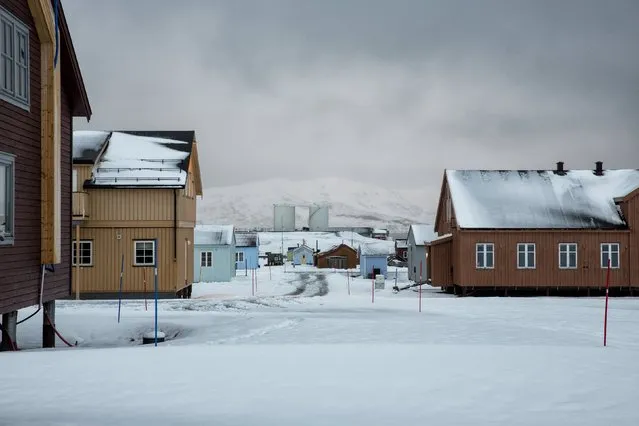
Snow is seen on the Ny-Alesund research centre, that was formerly a coal mining town October 19, 2015. (Photo by Anna Filipova/Reuters)
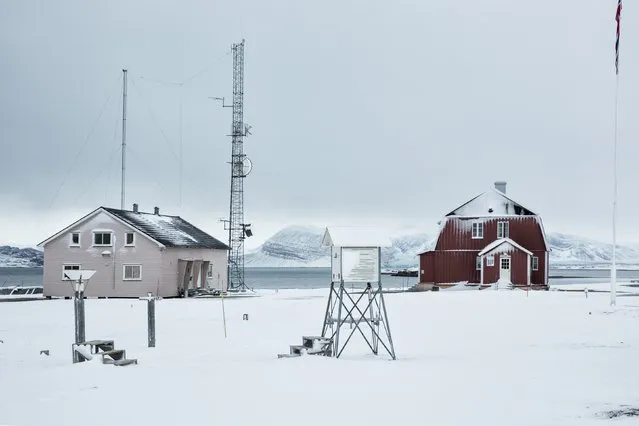
A weather station is seen in Ny Alesund, one of the most northerly settlements in the world, a base for international scientists, Svalbard October 17, 2015. (Photo by Anna Filipova/Reuters)

The old radio station for the mining town which is now a telegraph museum in Ny-Alesund Svalbard, Norway, October 13, 2015. (Photo by Anna Filipova/Reuters)

Workers housing of Longyerbyean, Svalbard are seen covered in snow October 23, 2015. (Photo by Anna Filipova/Reuters)
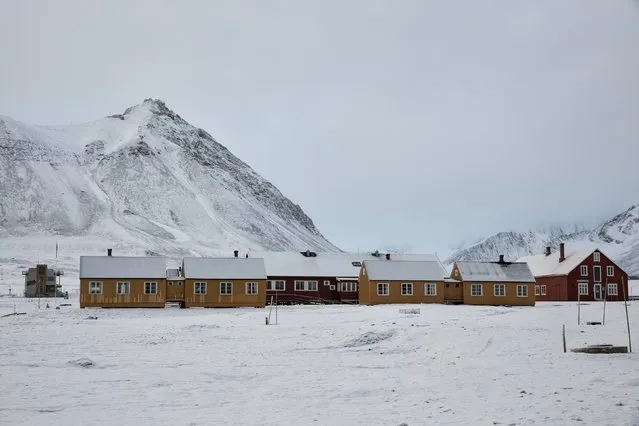
Snow is seen on the research centre, formerly a coal mining town, in Ny-Alesund, Svalbard, Norway October 13, 2015. (Photo by Anna Filipova/Reuters)
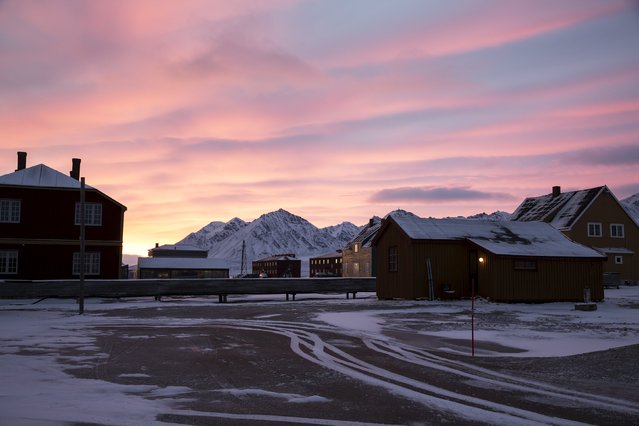
Dawn at the scientific base of Ny-Alesund, Svalbard, Norway October 14, 2015. (Photo by Anna Filipova/Reuters)
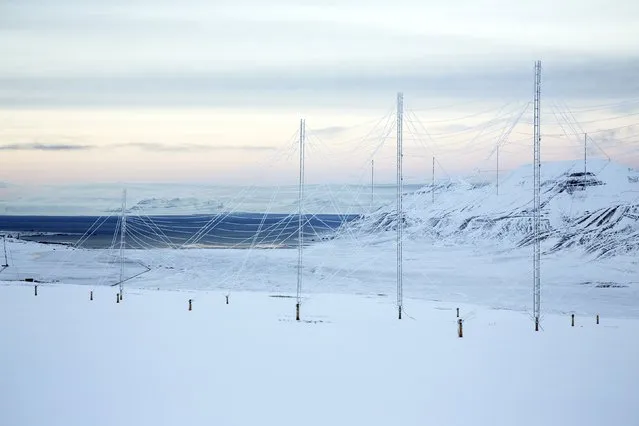
Radar antennas at the European Incoherent Scatter Scientific Association (EISCAT) facility on Breinosa, Svalbard, Norway October 24, 2015. (Photo by Anna Filipova/Reuters)
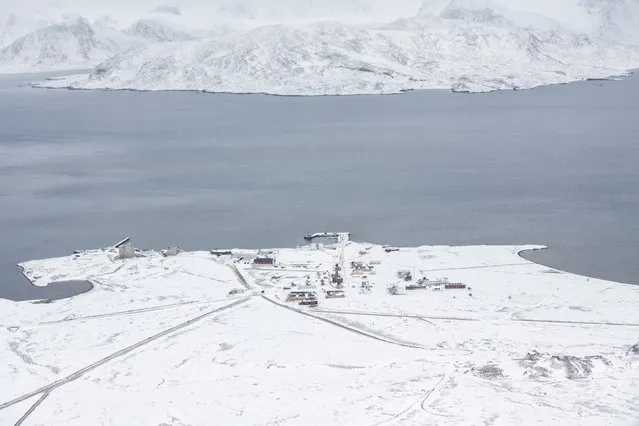
Breinosa is seen from the research Zeppelin Observatory that is operated by operated by the Norwegian Polar Institute and Norwegian Institute for Air Research in Svalbard in Norway October 17, 2015. (Photo by Anna Filipova/Reuters)
29 Jan 2016 13:19:00,
post received
0 comments
